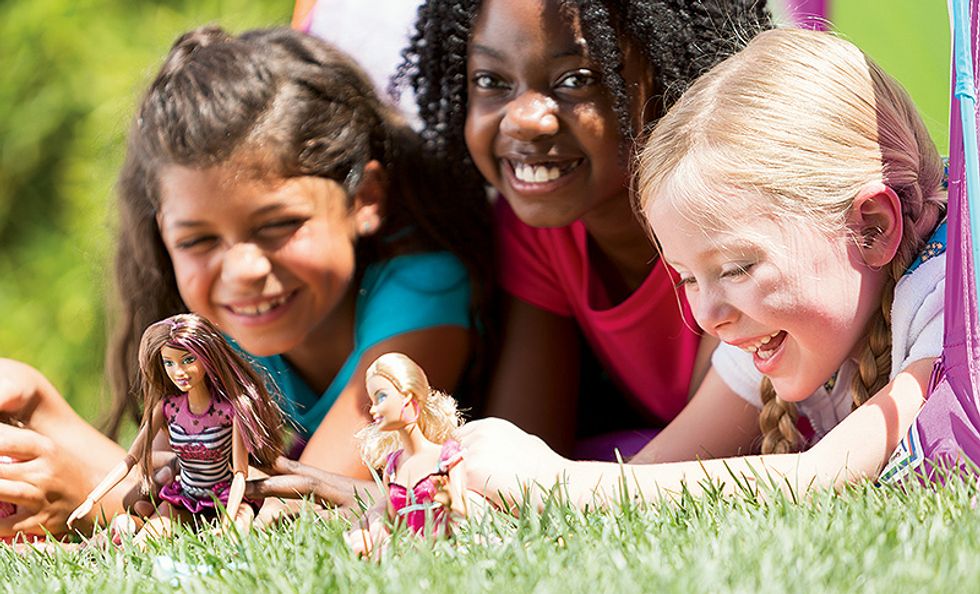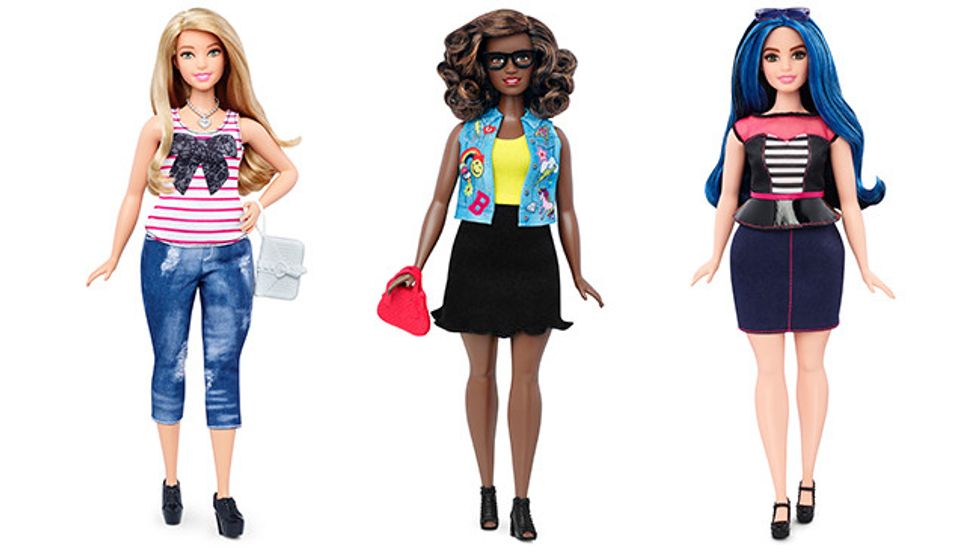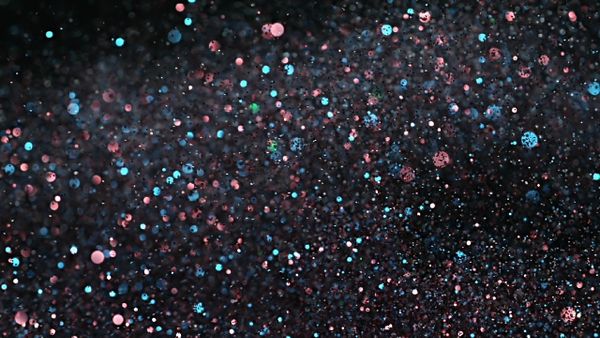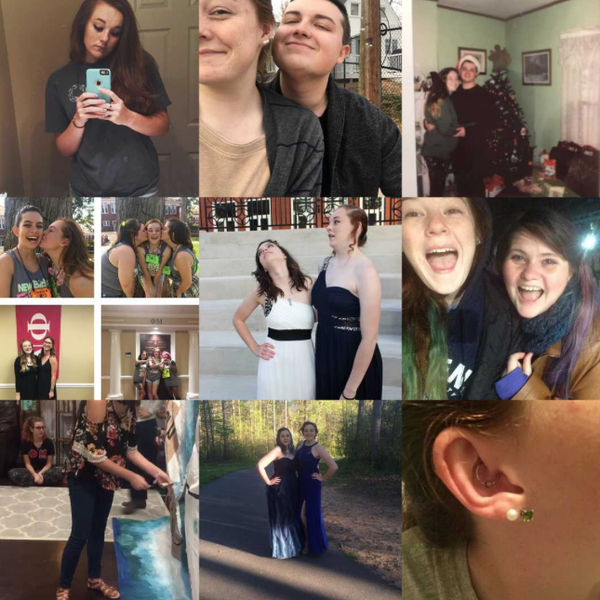Being a young and imaginative little girl at one point in my life correlated to the instance of me owning a giant doll house filled with numerous "Barbie" dolls and other figurines like it.
Like many other owners of such a well-known toy, we gave these dolls names, clothes, and personalities. We would give them voices and have them engage in daily activities just like you and I would as living, breathing, human beings.
In a sense, these dolls became more than just dolls. I don't know about anyone else, but I remember gazing at these handcrafted, mobile pieces of plastic with sewed in hair follicles and painted makeup faces and thinking they were so cool and beautiful. It was ironic because it was like I looked up to someone who was less than a quarter of the size of me and was completely inanimate.
Nonetheless, they still became influential to the naive and youthful mind.
In recent years, "Barbie" has gotten major criticism for the "unattainable body image" of its dolls. Anyone who's held or seen a traditional "Barbie" doll knows of their thin and toned physique. Critics believe the influence that comes from this toy causes eating disorders, body dysmorphia, and an overall poor message to its owners that this is the true definition of beauty.
Fast forward to the modern-day production of "Barbies" where the corporation has listened and acted on their media flack. Customers can now find what's known as "Curvy Barbie" on store shelves.
What some people don't realize is that "curvy" does not mean "fat." "Barbie" is not trying to promote obesity and all the health risks that come with it among it's youthful audience. "Curvy" just means you are not super skinny, and to put it in better terms, you have an ass.
It's a great message to kids to know that being both skinny and curvy are just fine.
It may sound absurd, but a simple "Barbie" doll could change the way your child perceives other people around them as they casually walk down the street one quiet afternoon.
"Barbie" took it even one step further in their design department by implementing other "Barbie" dolls of tall and petite sizes, and of different race and ethnicities, into the hands of consumers.
I'd say the future of "Barbie" is looking pretty bright and so are the minds of future generations who will have an even better idea of what true beauty is than we ever did.





















